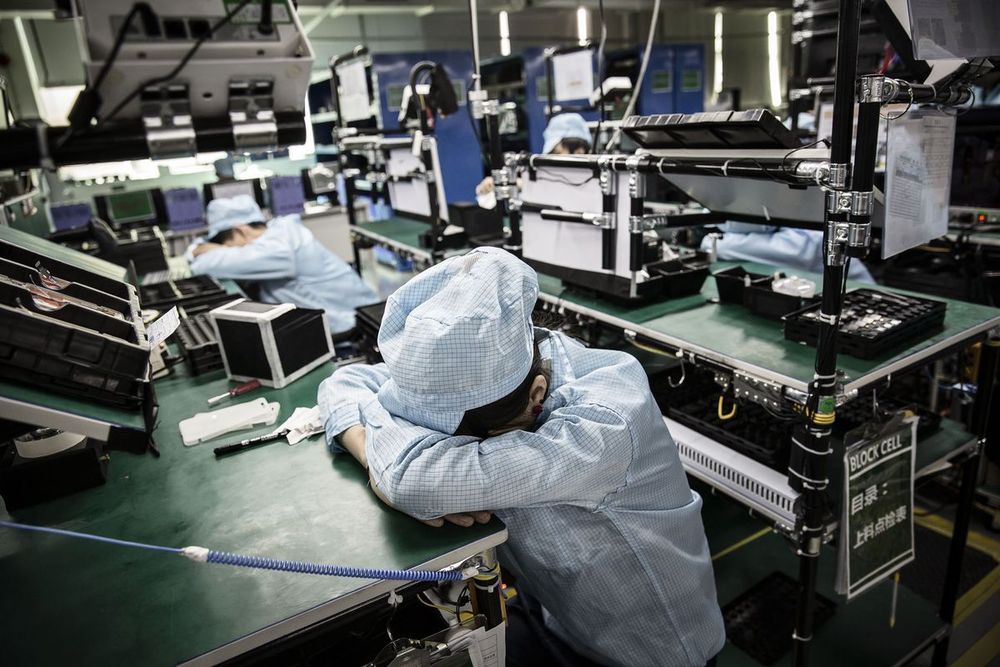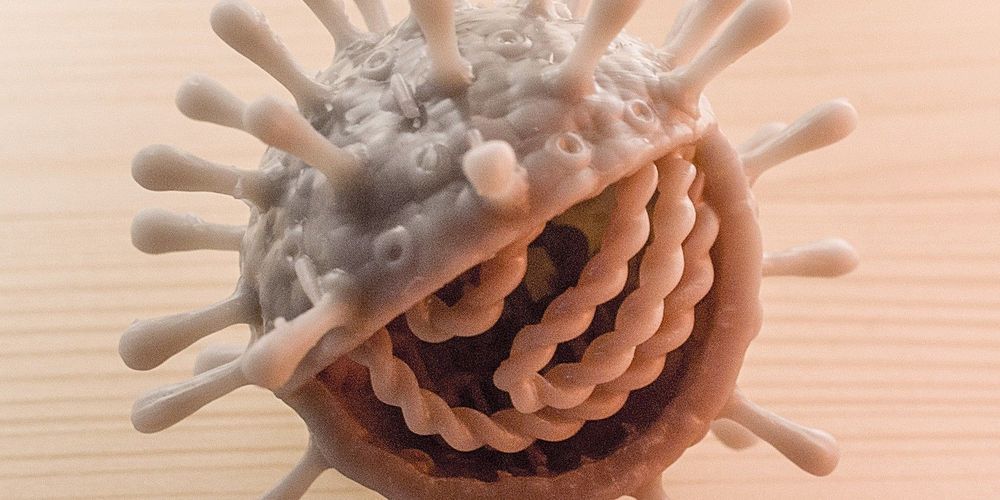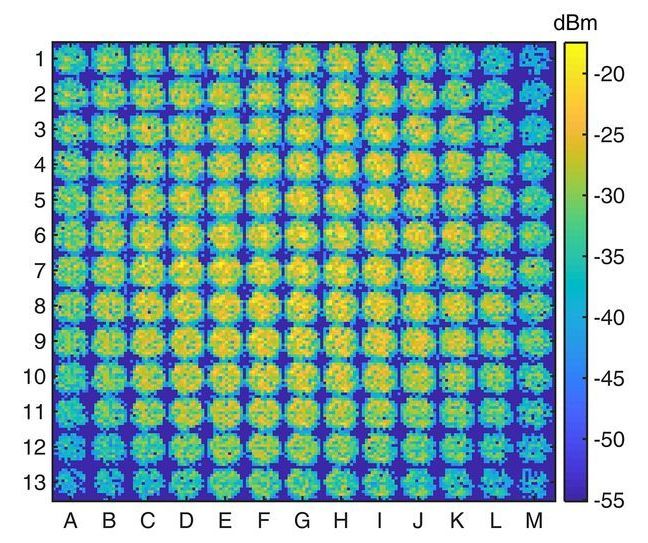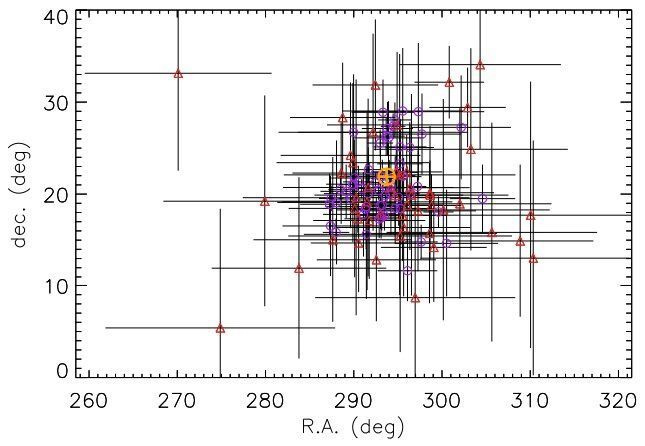Citizens discussing pandemic could reportedly find themselves detained by police.


#longevity
#overpopulation
#futurefood
#futuresolution
In yet another demonstration of how rapidly technology can advance, biotech firm Abbott Laboratories has developed a new molecular test for the detection of novel coronavirus (COVID-19), which delivers results in just five minutes.
Abbott Laboratories, headquartered in Illinois, United States, has been granted Emergency Use Authorisation (EUA) by the Food and Drug Administration (FDA) for adapting COVID-19 tests to its ID NOW platform.
This lightweight (3 kg, or 6.6 lb) and portable device (the size of a small toaster) is already the most widely available molecular point-of-care testing platform in the U.S. today. Its molecular technology – a unique system called isothermal nucleic acid amplification – provides rapid processing of samples and a high degree of accuracy, allowing clinicians to make evidence-based clinical decisions during a patient visit. Essentially, it highlights the presence of a virus by identifying a small section of its genome, then “amplifying” that portion until enough is present for detection.
JERUSALEM (Reuters) — Israel has begun testing a COVID-19 vaccine prototype on rodents at its bio-chemical defense laboratory, a source said on Tuesday.
Prime Minister Benjamin Netanyahu ordered the Israel Institute for Biological Research (IIBR), in rural Ness Ziona, to join the fight against the coronavirus pandemic on Feb. 1, prompting an easing of its secrecy as it cooperates with civilian scientists and private firms.
In a statement, Netanyahu’s office said IIBR director Shmuel Shapira had informed him of “significant progress” in designing a vaccine prototype and that the institute “is now preparing a model for commencing an animal trial”.

Want to receive this post in your inbox every day? Sign up for the Supply Lines newsletter, and follow Bloomberg Economics on Twitter for more.
Three years ago, manufacturing gadgets in China was a given. That’s changed fundamentally in the era of trade wars and coronavirus.
Under the new reality, the world’s electronics makers are actively seeking ways to diversify their supply chains and reduce their dependence on any single country, no matter how attractive.

This Is How Your Immune System Reacts to #Coronavirus: https://bit.ly/3bHkdnv by Dana G Smith Explaining why COVID-19 induces different symptoms on different individuals. #COVID19 #CoronavirusOutbreak
Here’s how the immune system responds when a person catches Covid-19 — and what that means for treatment.


Using the same technology that allows high-frequency signals to travel on regular phone lines, researchers tested sending extremely high-frequency, 200 GHz signals through a pair of copper wires. The result is a link that can move data at rates of terabits per second, significantly faster than currently available channels.
While the technology to disentangle multiple, parallel signals moving through a channel already exists, thanks to signal processing methods developed by John Cioffi, the inventor of digital subscriber lines, or DSL, questions remained related to the effectiveness of implementing these ideas at higher frequencies.
To test the transmission of data at higher frequencies, authors of a paper published this week in Applied Physics Letters used experimental measurements and mathematical modeling to characterize the input and output signals in a waveguide.

Using NASA’s Fermi and Swift spacecraft, astronomers have investigated SGR J1935+2154, the most recurring transient magnetar known to date. The new research sheds more light on the burst properties of this object. The study is detailed in a paper published March 23 on the arXiv pre-print repository.
Magnetars are neutron stars with extremely strong magnetic fields, more than 1 quadrillion times stronger than the magnetic field of Earth. Decay of magnetic fields in magnetars powers the emission of high-energy electromagnetic radiation, for instance, in the form of X-rays or radio waves.
Discovered in 2014, SGR J1935+2154 has a spin period of 3.24 seconds, spin-down rate of 14.3 picoseconds/second, and a dipole-magnetic field with a strength at a level of approximately 220 trillion G, what confirms its magnetar nature. Since its detection, the source experienced more than 100 bursts, occurring almost annually.
Shoot a rifle, and the recoil might knock you backward. Merge two black holes in a binary system, and the loss of momentum gives a similar recoil—a “kick”—to the merged black hole.
“For some binaries, the kick can reach up to 5000 kilometers a second, which is larger than the escape velocity of most galaxies,” said Vijay Varma, an astrophysicist at the California Institute of Technology and an incoming inaugural Klarman Fellow at Cornell University’s College of Arts & Sciences.
Varma and his fellow researchers have developed a new method using gravitational wave measurements to predict when a final black hole will remain in its host galaxy and when it will be ejected. Such measurements could provide a crucial missing piece of the puzzle behind the origin of heavy black holes, said Varma, as well as offer insights into galaxy evolution and tests of general relativity. He is lead author of “Extracting the Gravitational Recoil from Black Hole Merger Signals,” published March 13 in Physical Review Letters and co-authored with Maximiliano Isi and Sylvia Biscoveanu of the Massachusetts Institute of Technology.